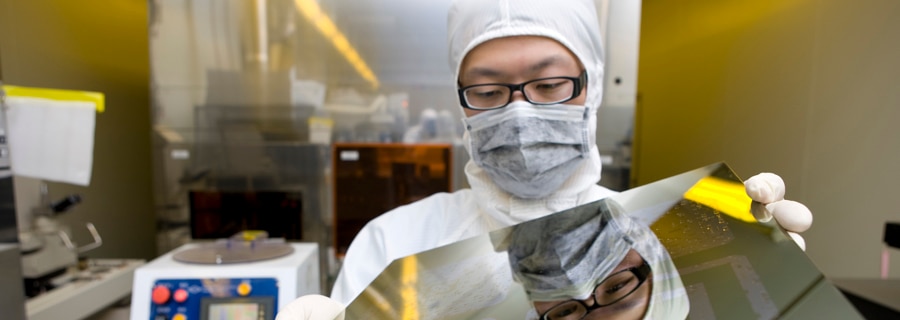WHICH SCORES HIGHEST: DISPLAYS OR NATURE?
From bright red tomatoes and lush forests to the deep blue sea, natural objects and landscapes generally have very rich colors. However, the human eye sees only the color that remains after some part of white light has been reflected, while the rest is absorbed by the object in question.
The intensity with which we see colors is largely dependent on how many individual colors of light strike our retinas. For example, the deep green color of a leaf consists not of a single shade of green, but of many green shades that are located close together in the visible spectrum. The principle is the same with other colors. All of the colors in the visible spectrum are found in white sunlight, ranging from the short-wave blue region at the top all the way to the long-wave red region at the very bottom.


